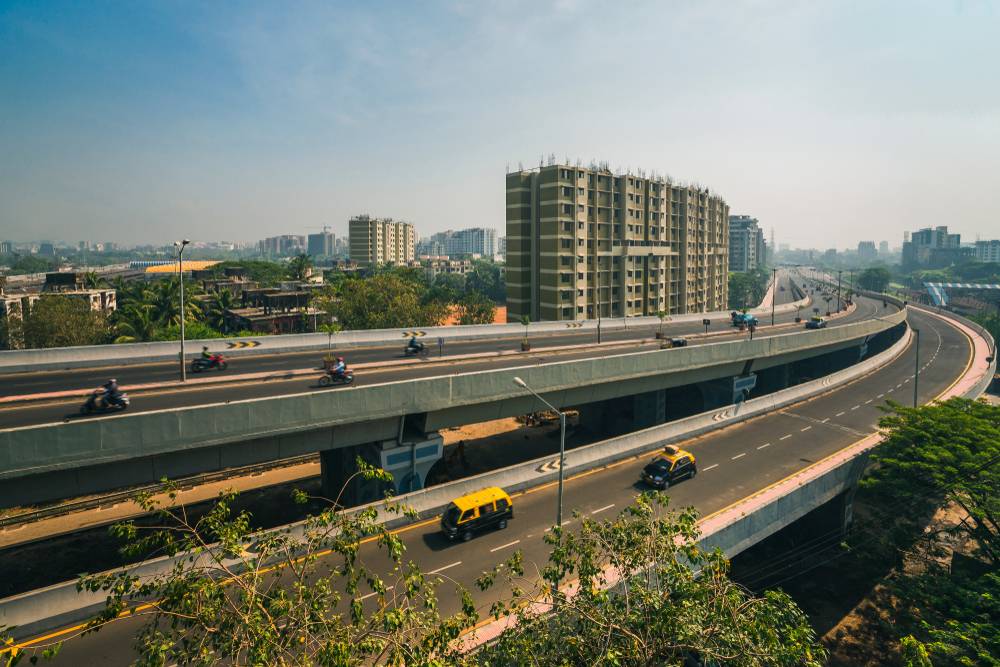The American Revolution (1775–1783) can indeed be described as both a civil war and a world war, depending on the lens through which we examine it. These dual identities reveal the complexity of the conflict and its profound global impact.
1. The American Revolution as a Civil War
At its core, the American Revolution began as a civil war within the British Empire, and even within American society itself.
A. Colonists vs. the British Crown
-
Thirteen British colonies in North America rose up against their own government.
-
Colonists were British subjects rebelling against King George III and Parliament, not a foreign enemy.
-
This was a war of political identity and legitimacy: Could the colonies govern themselves, or were they subordinate to Britain?
B. Americans vs. Americans
-
Society was deeply divided:
-
Patriots (about 40–45% of the population) supported independence.
-
Loyalists (15–20%) remained loyal to Britain.
-
Many tried to remain neutral or were caught in between.
-
-
Families were torn apart; neighbors fought neighbors.
-
Loyalists formed militias and sometimes fought alongside British troops.
-
After the war, tens of thousands of Loyalists fled to Canada, the Caribbean, or Britain, often losing property and status.
C. Native American Civil War
-
Native American nations were also divided.
-
Some (like the Iroquois Mohawks) sided with the British, hoping to halt colonial expansion.
-
Others allied with the Americans or tried to stay neutral.
-
The Revolution accelerated the loss of Native lands regardless of side.
-
2. The American Revolution as a World War
As the conflict progressed, it expanded beyond a colonial rebellion into a global war involving major European powers, reshaping geopolitics.
A. France Enters the War (1778)
-
France, still stinging from its loss to Britain in the Seven Years’ War, saw an opportunity to weaken its rival.
-
The Treaty of Alliance (1778) formalized France’s support.
-
France provided troops, ships, weapons, and money.
-
The Battle of Yorktown (1781), the decisive American victory, was only possible due to French military and naval support.
B. Spain Joins (1779)
-
Though not officially allied with the U.S., Spain joined the war as France’s ally.
-
Spain attacked British forces in the Mississippi Valley, Florida, and along the Gulf Coast.
-
Spanish General Bernardo de Gálvez played a critical role in defeating British forces in the South.
C. The Dutch Republic (1780)
-
The Netherlands, a former maritime power, joined the anti-British coalition.
-
The Fourth Anglo-Dutch War (1780–1784) drew more British resources away from America.
D. British Global Commitments
-
Britain had to defend its interests not just in America, but in the Caribbean, India, Gibraltar, and at sea.
-
The Royal Navy was stretched thin, fighting on multiple continents.
3. Implications of the Dual Identity
A. The Civil War Aspect
-
Emphasizes the internal ideological conflict over liberty, representation, and governance.
-
Highlights the emotional and social trauma within communities.
B. The World War Aspect
-
Shows how geopolitical rivalries helped the American cause.
-
Demonstrates that independence was not won in isolation—it was part of a broader global struggle between empires.
-
Helped shape the balance of power in the late 18th century, with France briefly regaining prestige and Britain forced into political reform.
Conclusion
To call the American Revolution a “civil war that became a world war” is not just poetic—it’s historically accurate. It began as a local rebellion within the British Empire, fractured families and communities, and turned into a massive international conflict. The global stage, in turn, played a decisive role in ensuring the colonies’ independence and shaping the modern world.



